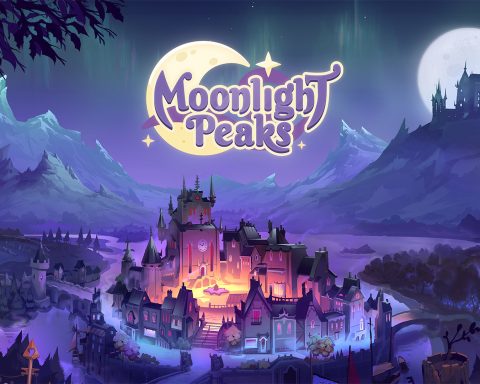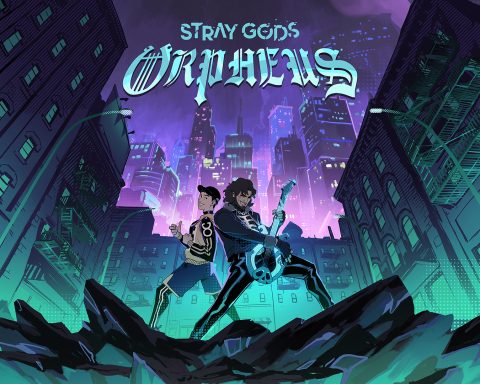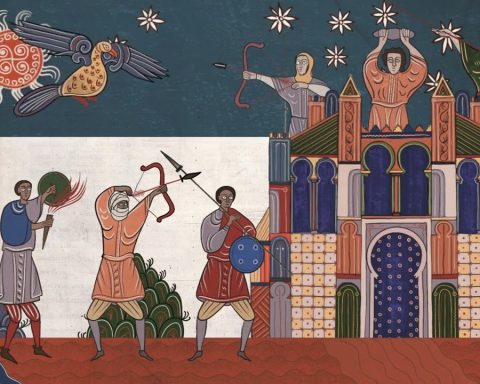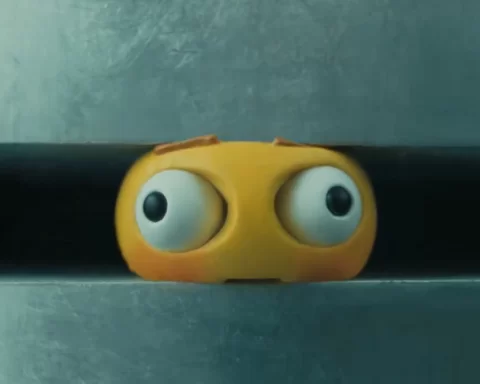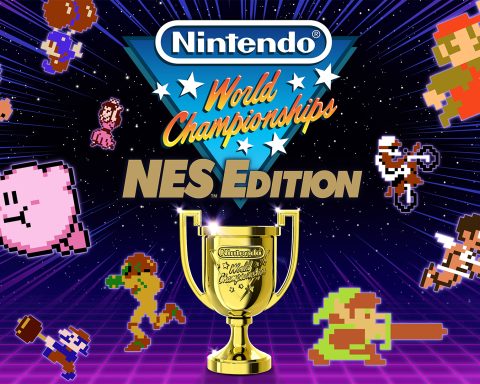 It’s a little sad seeing Mickey’s second “Epic” outing ported to the Vita, given that the original console release was such a failure that the team that made the game no longer exists. It’s like the port is a virtual obituary to the developers: “here is the last game of the short-lived Junction Point.”
It’s a little sad seeing Mickey’s second “Epic” outing ported to the Vita, given that the original console release was such a failure that the team that made the game no longer exists. It’s like the port is a virtual obituary to the developers: “here is the last game of the short-lived Junction Point.”
I just wish that the game itself was a better legacy, or that the Vita port in some way resolved all the problems with the original game. Unfortunately it doesn’t. Epic Mickey 2 is the most heartbreaking of games – one that was made with genuine and obvious passion, but a game that is, on a fundamental level, so technically flawed that it just makes it hard to love, and the Vita doesn’t fix these issues. In fact, it compounds them.
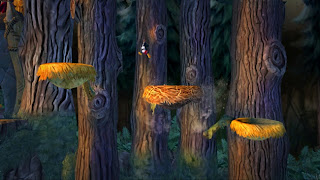
The second core gameplay feature is that Epic Mickey 2 is a buddy feature – Mickey is joined by an AI ally, Oswald the Lucky Rabbit. One of Disney’s forgotten heroes, Oswald is a very lovable character. Then he starts moving around and it all falls to bits. Players don’t have direct control over this fellow and his AI is up there with the most broken AI systems I’ve ever encountered. Oswald regularly gets himself lost or otherwise stuck and once or twice I needed to restart the game as a consequence. Oswald has a unique set of abilities that are required for getting through some puzzles, and some of those are activated by the touch screen. Unfortunately because the touch screen is so inaccurate I would often find myself instead firing Mickey’s paint brush at the fellow, rather than getting him to do his job. This doesn’t cause any damage, but again it’s a frustration born of a gameplay system that just can’t handle its ambitions.
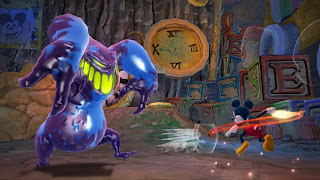
It’s a pity that is the case, because the environmental puzzles that the game throws at players would actually be pretty engaging if they weren’t so frustrating. I’m not the biggest fan of 3D platformers in the world, but the game elegantly weaves through some moral decisioning and RPG elements, and isn’t nearly as reliant on collectibles as some other examples of the genre.

Parts of the game are simply gorgeous, too. The regular 2D-animation style cut scenes are lovingly drawn, and the game even has a few classic Disney-style musical numbers thrown in for good measure. The background music is pure Disney magic and the unlockables and bonus material range from actual Disney animations straight out of the archives through to rare art. As a Disney fan, this stuff was almost worth working through the frustrating elements of the game because, as a partial archive of some of Disney’s oldest material, this is stuff that’s otherwise hard to come by.
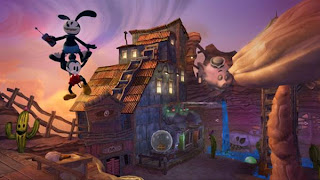
I feel bad writing this review. As a fan of Mickey and Oswald and everything that Disney from a century ago stood for, I feel like I shouldn’t be giving this game a poor wrap. It bites especially deeply because it’s clear that the folks at Junction Point loved Disney as much as I did, but unfortunately at a technical level they were not up to the task, and even more unfortunately the people that ported the game to the Vita have managed to mess things up even more.
– Matt S
Editor-in-Chief
Find me on Twitter: @DigitallyDownld
Our Comments and Scoring Policy



